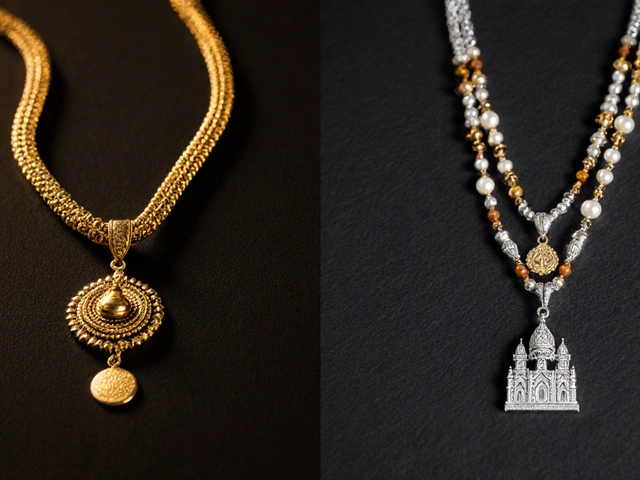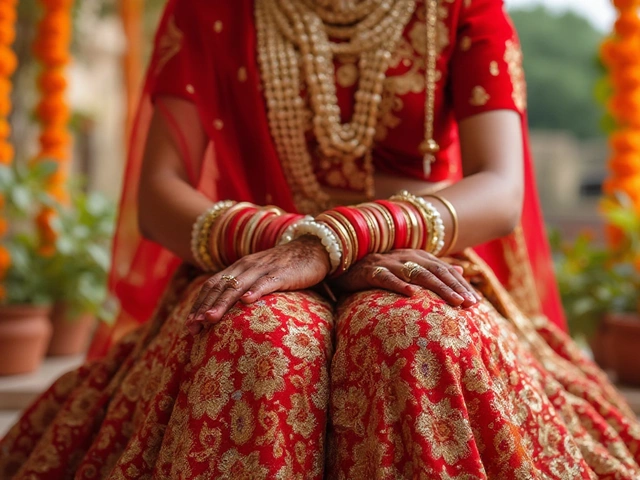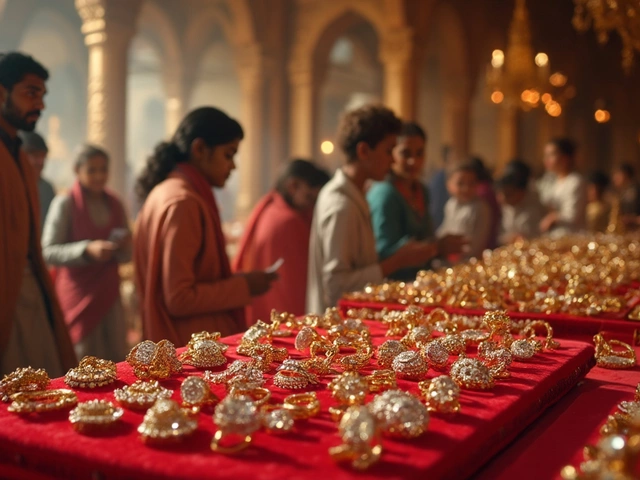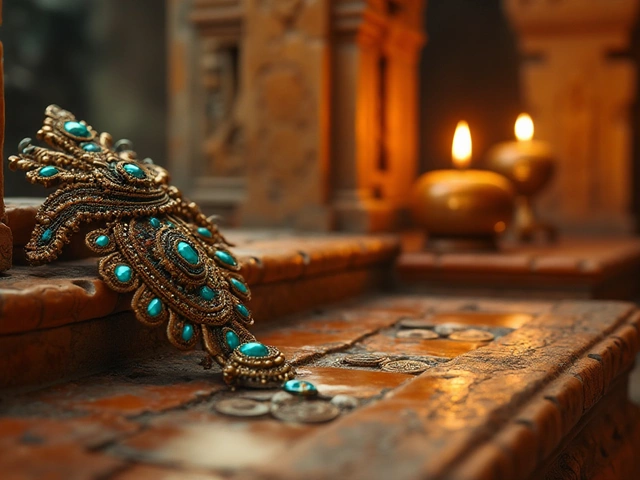Sacred Jewellery Treasures: Meaning, Care, and How to Choose
If you’ve ever wondered why a black bangle or a mangalsutra feels more than just an accessory, you’re not alone. In India, jewellery often carries prayers, family vows, and centuries‑old stories. Understanding those layers helps you pick pieces that truly resonate, and keeps you from buying a fancy fake.
What Makes Jewellery Sacred?
Most sacred pieces start with a symbol—a lotus, a conch, a deity’s silhouette, or a simple black bead. Those symbols aren’t random; they’re tied to protection, fertility, or marital fidelity. For example, a black bead in a mangalsutra is believed to ward off evil, while a nose stud can mark a rite of passage in many Hindu families. When you wear them, you’re joining a cultural conversation that’s been going on for generations.
Choosing Authentic Sacred Pieces
The first step is to check for official hallmarks. Gold should carry the BIS 22 K or 21 K (875) stamp, and silver often shows 833 or 925. Look for provenancer stamps—Jaipur, Surat, or Panna—especially on gemstones. Those tiny marks tell you the piece was made where the tradition began, not in a random factory.
Next, feel the weight. Real gold feels dense, and solid silver has a satisfying heft. If a piece feels light, it might be copper‑clad or heavily plated. A quick magnet test can also spot cheap silver; real silver isn’t magnetic.
Ask the seller about the story behind the design. A genuine seller will know the symbolism of each element—why a particular flower is used, or what a specific knot means. If they can’t explain, move on. Authenticity isn’t just about metal purity; it’s about cultural honesty.
When you finally pick a piece, think about how you’ll care for it. Store gold and silver separately to avoid scratches, and keep black‑beaded mangalsutras in a soft pouch to protect the beads from fading. Clean gold with a mild soap solution and a soft cloth; avoid harsh chemicals that can strip the shine.
For gemstone‑laden items, use a dry brush to remove dust, and occasionally take them to a jeweller for professional cleaning. This keeps the stones sparkling and prevents the settings from loosening over time.
If you’re buying as a gift, consider the recipient’s ritual habits. Some families only wear black bangles during festivals, while others keep them on daily. Knowing those preferences shows respect for their traditions and makes the gift more meaningful.
Finally, remember that sacred jewellery isn’t just an ornament—it’s a piece of living heritage. Wearing it with awareness turns a simple outfit into a story you carry forward. So next time you shop, let the symbols guide you, check the marks, and enjoy the deeper connection that comes with every sparkle.
Discover India's Richest Temple Jewellery: A Glimpse into Timeless Treasures
India's temple jewellery has captivated and symbolized devotion for centuries, embodying deep cultural significance and opulence in every piece. From intricate gold carvings to gemstone-adorned ornaments, these jewels are not just sacred artifacts but extravagant displays of artistry and faith. Discover what makes this form of jewellery enchanting and valuable while understanding its historical context and contemporary relevance. Unravel fascinating stories behind the richest temple jewels, exploring the places where these treasures reside today.





